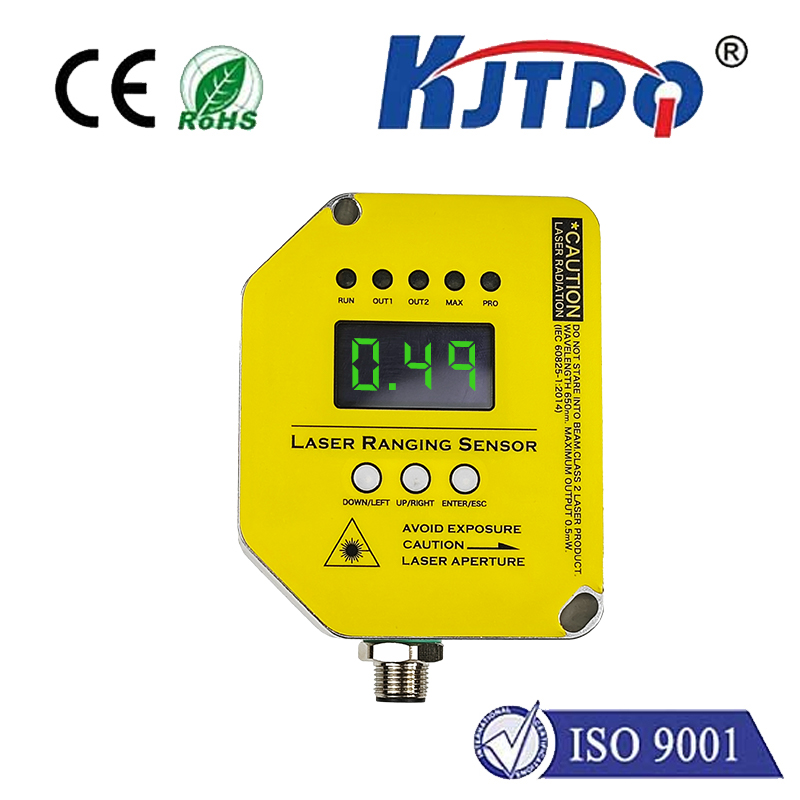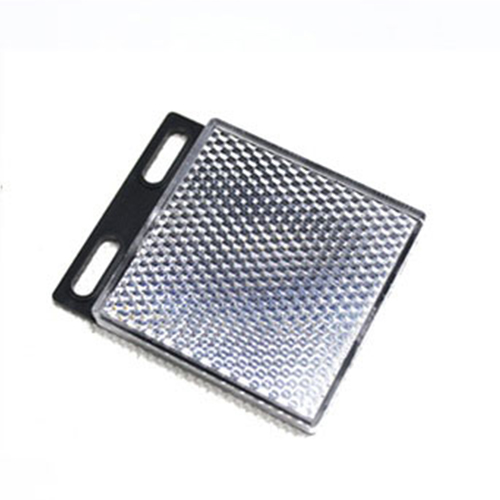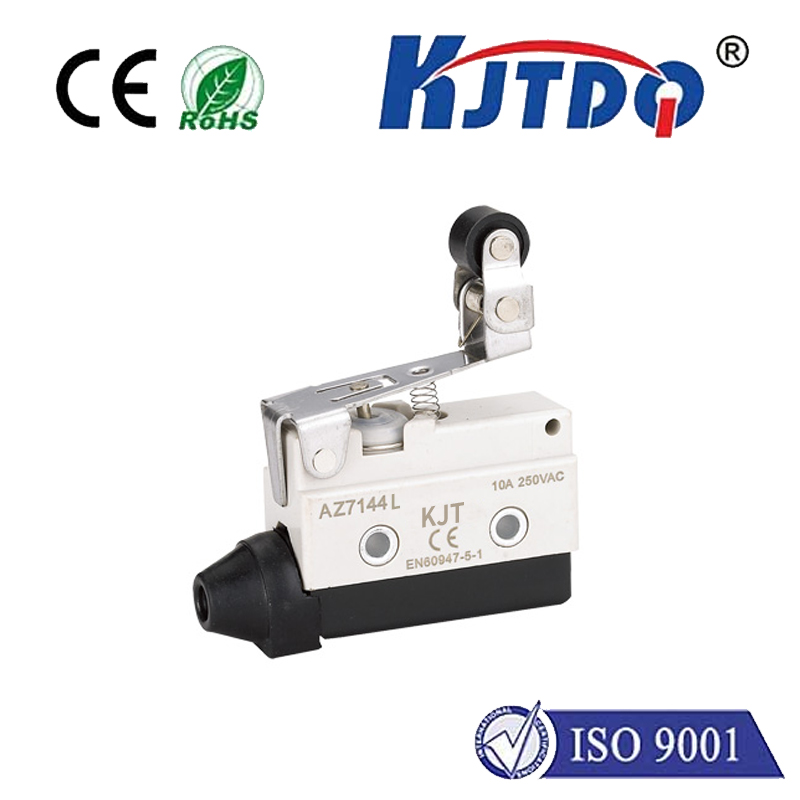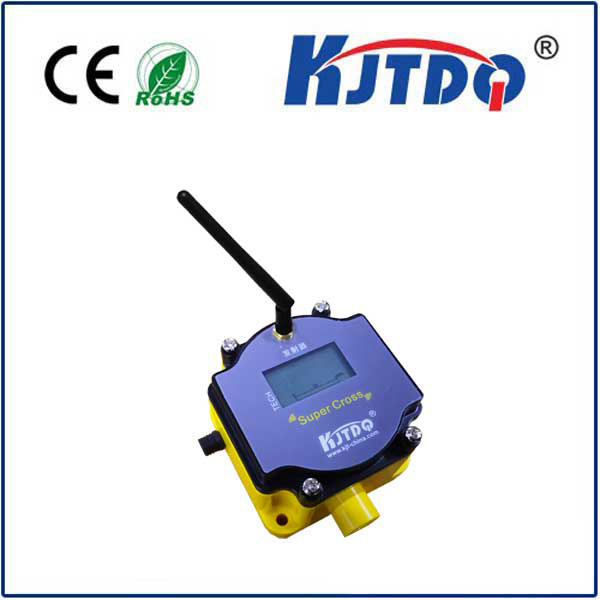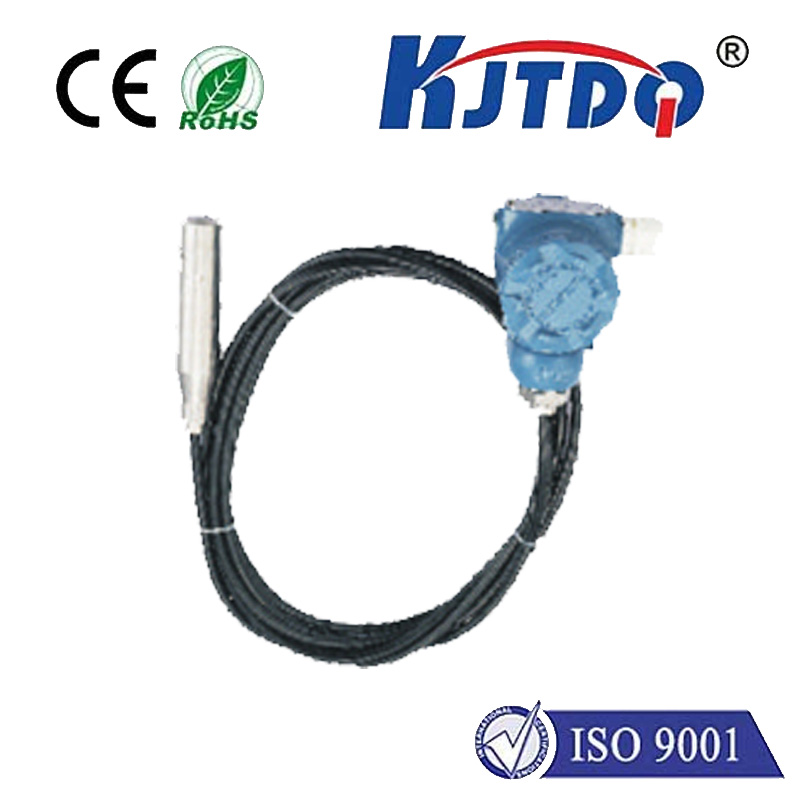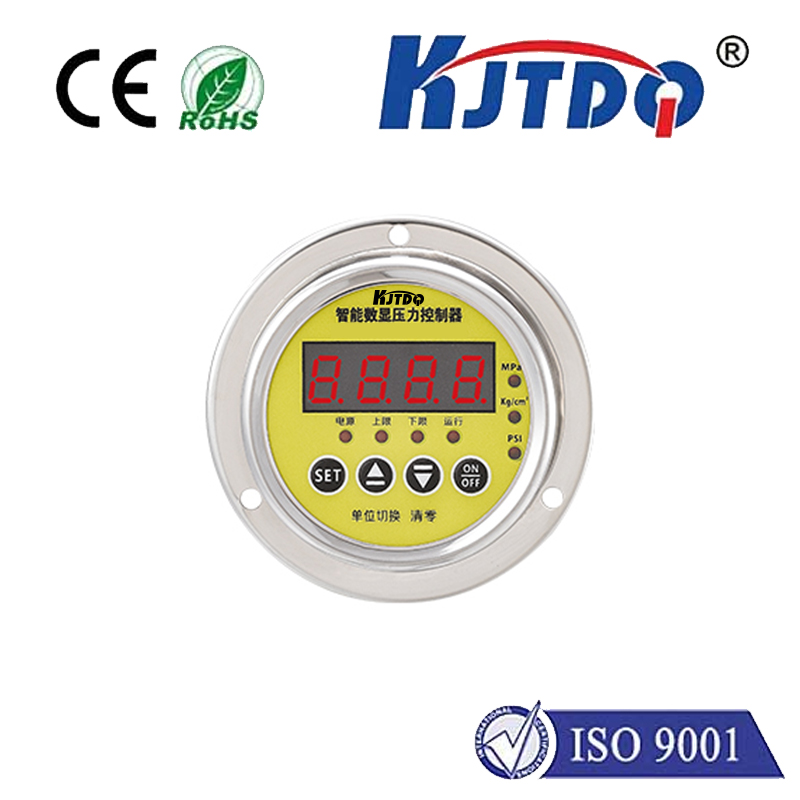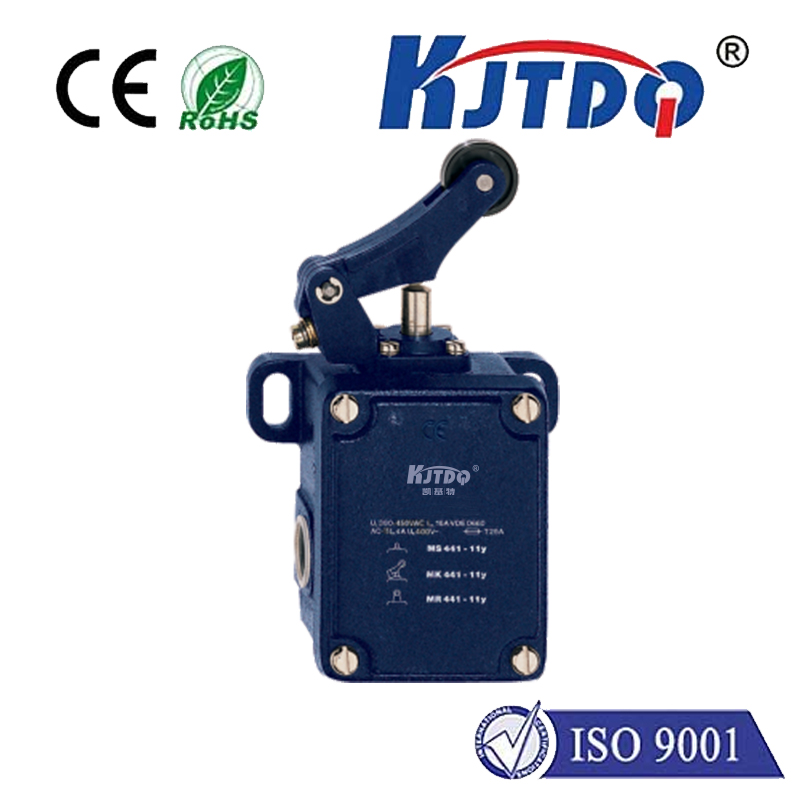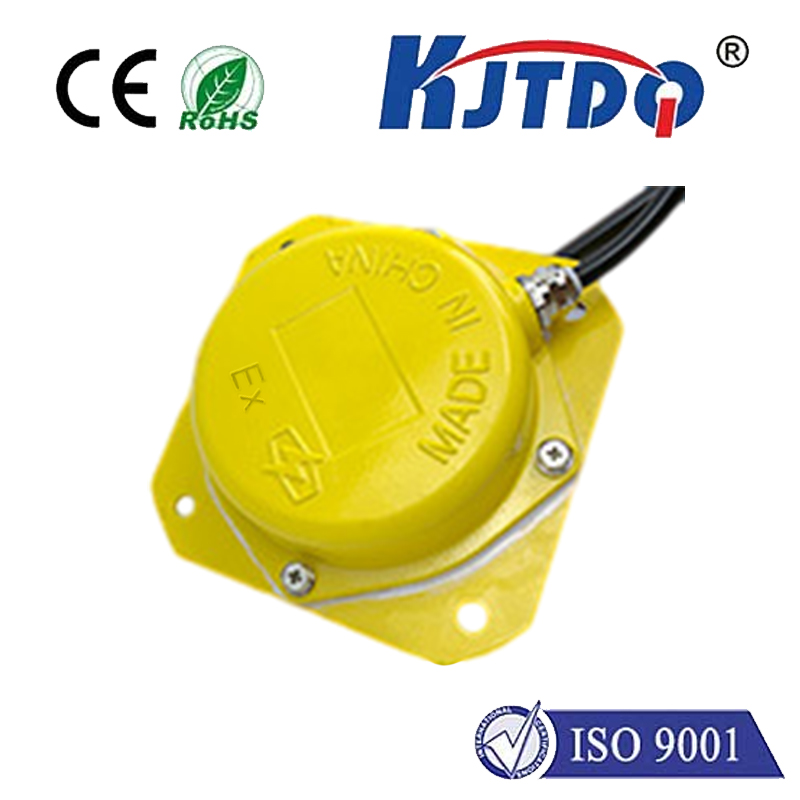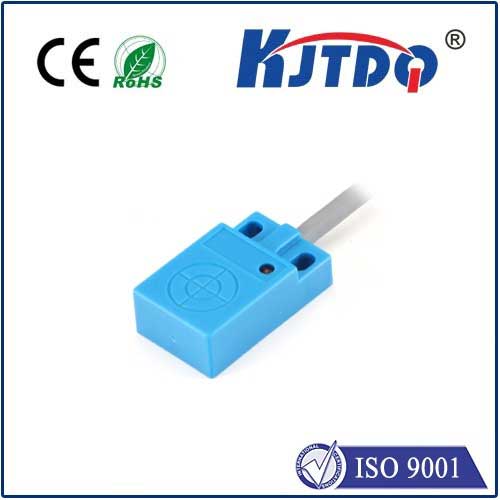water proximity sensor
- time:2025-06-26 00:10:20
- Click:0
Water Proximity Sensors: Your Guardian Against Leaks and Overspills
Imagine coming home to a flooded basement, ruined furniture, and thousands in repairs. Or picture critical industrial machinery grinding to a halt because cooling water levels dipped unnoticed. Water proximity sensors, often unsung heroes in the background, are specifically designed to prevent such costly and disruptive scenarios. These intelligent devices act as vigilant sentinels, detecting the presence or absence of water without physical contact, triggering timely alerts or automated actions. Understanding their operation and diverse applications unlocks significant potential for efficiency, safety, and peace of mind across countless environments.
What Exactly is a Water Proximity Sensor?
At its core, a water proximity sensor is a non-contact detection device. It doesn’t need to touch the water it’s monitoring; instead, it identifies changes in its immediate environment caused by the presence (or absence) of liquid. Think of it like an invisible tripwire for water. When water crosses this designated “invisible line” or enters a specific detection zone, the sensor reacts. This reaction typically involves sending an electrical signal – either turning on (closing a circuit) or turning off (opening a circuit). This signal serves as the crucial input for control systems, alarms, or logging devices.
The Core Technology: How They “Sense” Water
Different physical principles empower water proximity sensors. The most common types include:

- Capacitive Sensors: These sensors detect changes in capacitance – the ability to store an electrical charge. A capacitive probe acts as one plate of a capacitor. When water (a conductive or dielectric material) approaches the probe’s active area, it alters the surrounding electric field, changing the capacitance value. This measurable shift triggers the sensor’s output signal. They excel at detecting water through non-metallic container walls and handle various water qualities well.
- Optical Sensors: Utilizing infrared (IR) light, these sensors have an emitter and a receiver. In a clear state (no water), the receiver detects the emitted light. When water droplets or a water layer enter the detection gap, light refraction or absorption occurs. This interruption in light transmission signals the presence of water. They are highly responsive to clear water films and condensation but can be affected by dirt or colored liquids.
- Ultrasonic Sensors: These emit high-frequency sound waves and measure the time it takes for an echo to return. The presence of water within the detection field alters the speed of sound or the echo pattern, which the sensor interprets as a detection event. They are excellent for non-contact level sensing above water surfaces and can work with opaque liquids.
- Conductive Probes: While technically requiring contact, they are often used in proximity contexts. Two electrodes sense when water bridges the gap between them, completing an electrical circuit. Simplicity and low cost are advantages, but they involve direct liquid contact and can be prone to corrosion over time.
Where Water Proximity Sensors Make a Crucial Difference
The applications are vast and touch nearly every industry and even our homes:
- Industrial Leak Detection & Tank Monitoring: This is arguably the most critical application. Sensors can be strategically placed:
- Under pumps, valves, and pipe flanges to catch drips early.
- Around chemical storage areas to prevent environmental spills.
- Along indoor floor perimeters as part of automated leak detection systems.
- Near HVAC drip pans to prevent overflow and ceiling damage.
- Monitoring high and low levels in tanks to control pumps and prevent overfilling or dry running (level sensing via ultrasonic proximity or capacitive detection through walls).
- Home & Building Automation/Protection:
- Installed near water heaters, washing machines, dishwashers, and under sinks, they provide the first line of defense against appliance leaks, triggering automatic water shut-off valves to prevent catastrophic flooding.
- Basement sump pump wells often use sensors (like float switches combined with proximity backups) to activate pumps when water rises.
- Window well sensors detect rainwater accumulation.
- Smart home systems integrate them for remote alerts and proactive water management.
- Agriculture & Irrigation:
- Monitoring water levels in troughs, tanks, and cisterns ensures livestock have access and optimizes refilling schedules.
- Integrated into irrigation systems to detect blockages (absence of water flow) or leaks in drip lines.
- Protecting pump houses and equipment sheds from flooding.
Medical & Laboratory Equipment: Used in analyzers, autoclaves, and water purification systems to ensure reservoirs are filled correctly, overflow trays are monitored, and processes proceed safely.
Automotive & Transportation: Non-contact detection is essential for monitoring washer fluid levels, coolant reservoirs (often capacitive), and potentially leak detection in sensitive vehicle compartments.
Optimizing Sensor Performance: Key Considerations
To ensure reliable operation, several factors must be addressed:
- Detection Range & Sensitivity: How close does the water need to be? Can it detect a small droplet or only a larger volume? Settings are often adjustable.
- False Trigger Resistance: Sensors must distinguish water from other potential triggers like steam, dust, insects, or non-target liquids (especially important for optical types). Proper placement and sensor selection mitigate this.
- Environmental Factors: Temperature extremes, humidity, corrosive atmospheres, or exposure to sunlight can impact sensor lifespan and accuracy. Choosing sensors rated for the specific operating environment is crucial.
- Mounting & Calibration: Correct positioning relative to the potential water source is vital. Some sensors require initial calibration for optimal sensitivity.
- Output Type: Ensure compatibility with the receiving system (relay output, NPN/PNP transistor, analog voltage/current).
Selecting the Right Water Proximity Sensor
Choosing isn’t one-size-fits-all. Ask these questions:
- What exactly needs detecting? (Presence/Absence? Tiny droplets? Large volume? Level?)
- Where will it be installed? (Harsh chemicals? High temperature? Dusty? Limited space?)
- What is the detection distance? How close can/should the sensor be mounted?
- What output signal is required? (Relay? Digital? Analog?)
- What is the power supply?
- What degree of protection (IP rating) is necessary against dust and water ingress?
Leading manufacturers offer extensive ranges tailored to specific needs. Consulting specifications and application notes is highly recommended.
Water proximity sensors represent a powerful blend of physics and practical engineering. By providing non-contact, early detection of water presence or absence, they form an essential component in safeguarding property, ensuring process continuity, preventing waste, and promoting efficient resource management. From the factory floor to your furnace room, these vigilant devices work silently but effectively, proving that sometimes, the most valuable protection operates just beneath the surface.












